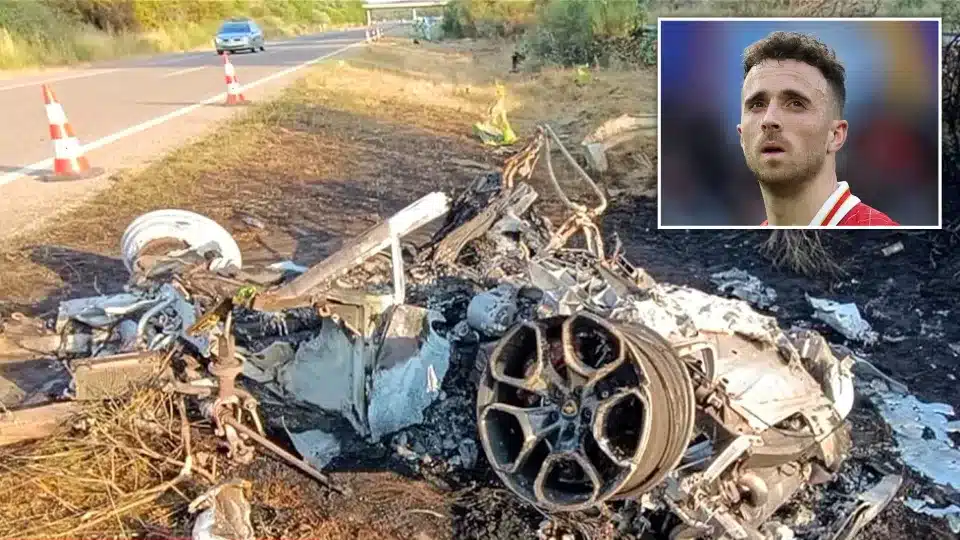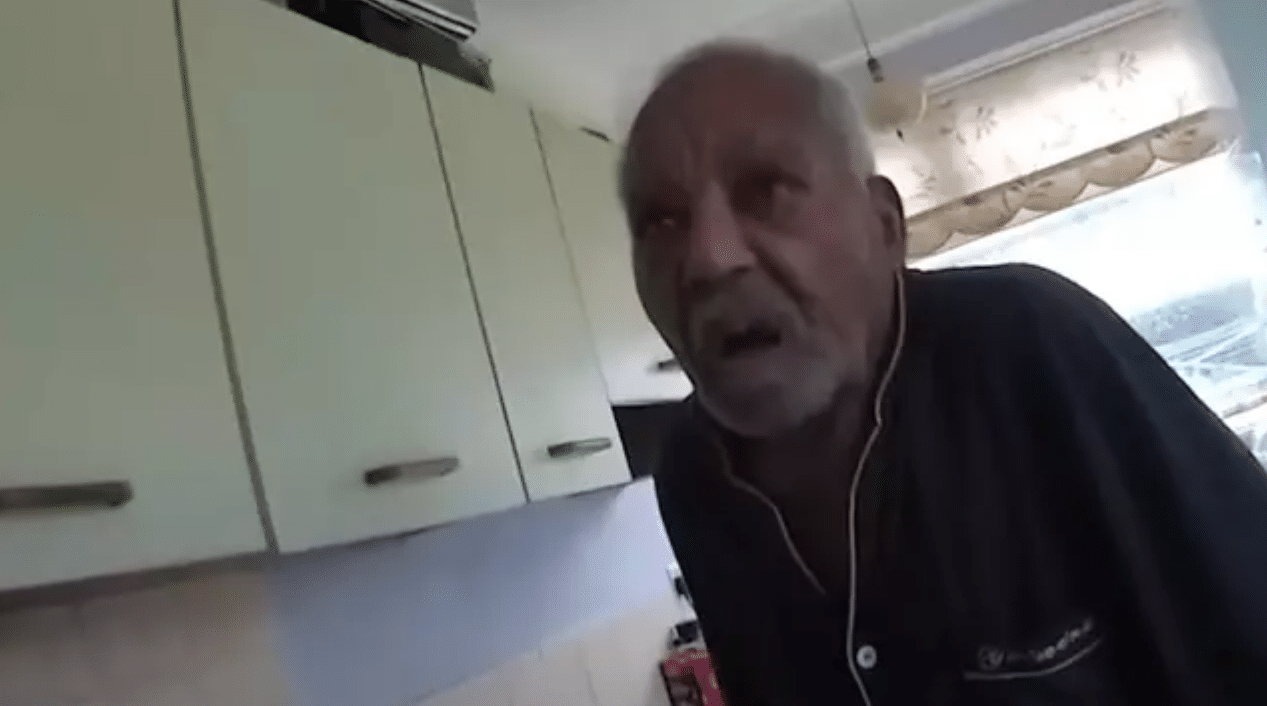If a loved one dies as a result of someone else’s actions or lack of action, you may be in a position to file a wrongful death suit. But what exactly is a wrongful death case? How do you pursue one? And what steps can you take to make sure you get the biggest possible payout?
What Is A Wrongful Death Lawsuit?
Wrongful death lawyers specialize in helping people file and navigate wrongful death lawsuits. A wrongful death occurs when someone dies as a result of someone else’s actions or inactions, in a way that was either preventable or otherwise unjust.
Surviving family members, spouses, and other parties can file a wrongful death lawsuit against the parties responsible for that death. Depending on their relationship to the deceased and the nature of the death, the plaintiffs may be awarded significant damages as compensation.
Proving Wrongful Death
If you want to win at trial, or increase your likelihood of winning a prominent settlement, it’s important that you’re able to prove that the death was wrongful and that the parties ostensibly responsible for that death were demonstrably and objectively responsible for it.
Depending on the nature of the case, this can go in a few different directions. If the deceased was killed as a result of a criminal action, there needs to be sufficient evidence proving that the criminal responsible indeed committed the crime and that the crime directly led to the deceased person’s death.
In order to prove negligence, you must be able to demonstrate four things:
- Duty of care. You must prove that the defendant had a duty of care. Sometimes, this is a firmly established legal duty of care. Other times, it’s merely a societal expectation of a person.
- Breach of duty. Next, you must prove that the duty of care was breached. For example, you might establish that an operator of a motor vehicle has a duty of care to obey posted signage. You may be able to demonstrate a breach of duty if you can show the driver ignored or didn’t see posted signage on the road.
- Causation. After that, you must prove a causational link between the breach of duty and the death of the person involved. In other words, did the breach of duty directly cause the person’s death?
- Harm and damages. Finally, you must prove harm and damages. In other words, did this person die from the accident? And how much damage did that cause?
Filing A Wrongful Death Lawsuit
Many people can file a wrongful death lawsuit:
- Immediate family members. In all states, immediate family members like spouses and children can file wrongful death lawsuits.
- Partners and dependents. In most states, partners and dependents can file suit as well.
- Distant family members. In some states, distant family members may be able to file wrongful death lawsuits.
- Financial sufferers. In some states, anyone who suffers financial losses as a result of the person’s death may follow a wrongful death lawsuit.
Damages Awarded
You may be awarded damages in compensation for your losses across many different categories. These can be grouped under three main umbrellas.
- Economic damages. Economic damages are losses that are concretely measurable. For example, if you lost a spouse, you may be entitled to compensation for financial support that they would have been able to provide. You may also receive compensation for medical expenses, lost inheritances, as well as funeral and burial expenses.
- Non-economic damages. Non-economic damages are a bit harder to prove. However, you may win compensation for your anguish, loss of consortium, or even loss of instruction and guidance that the deceased would have been able to provide.
- Punitive damages. In many states, judges can also add punitive damages as a way of punishing the defendant for their actions.
The Process
The process of a wrongful death lawsuit typically goes something like this:
- Evaluation and review. First, you and your lawyer will go over the case and any evidence you’ve been able to gather. Your lawyer can help you gather more evidence and prepare for the lawsuit.
- Filing the lawsuit. When everything is ready to move forward, your lawyer will help you file the actual lawsuit.
- Discovery. During the discovery phase, your lawyer and the defendant’s lawyer will exchange information about the incident.
- Negotiations. In most cases, this will be followed by a phase of negotiation. Most wrongful death lawsuits settle out of court; after a few rounds of negotiation, you’ll likely be able to reach a settlement figure that is acceptable to both parties.
- Trial. If negotiations fail, the wrongful death lawsuit will ultimately go to trial. Trials can be long and complicated, so all parties do their best to avoid them – and make them swift if they’re truly necessary.
This entire process can take several weeks to several months. In particularly complex or challenging cases, they can last for years. It’s important to remain patient and trust your lawyer’s advice and guidance as you move closer to getting the results you want.
While this article is meant to be broadly informative, it’s important to recognize that every wrongful death lawsuit is different, and every state has different rules for how wrongful death lawsuits proceed.
If you’ve recently lost a loved one, it’s important to talk to a wrongful death lawyer as soon as possible.















